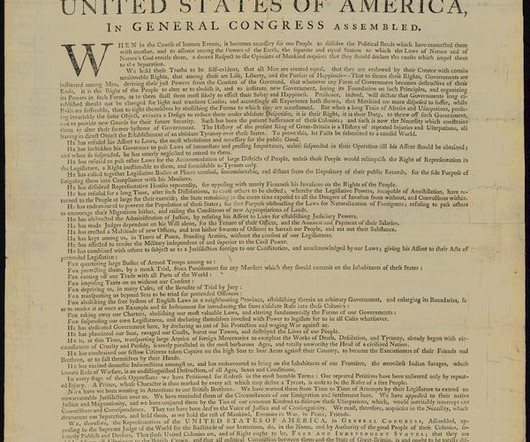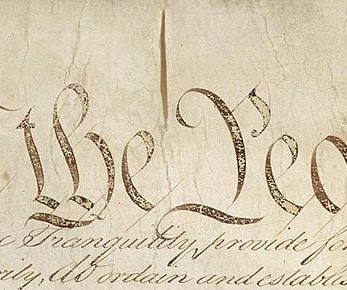Social Studies Soundtracks: Using Music to Teach Social Studies
Studies Weekly
MAY 6, 2025
” Primary Source Analysis Worksheets Download these free easy-to-use worksheets that help students analyze various types of sources and bring their stories to life. Using Music to Teach Patriotism and Civics Music has long been a tool for civic engagement from campaign songs to anthems to patriotic ballads.


















Let's personalize your content